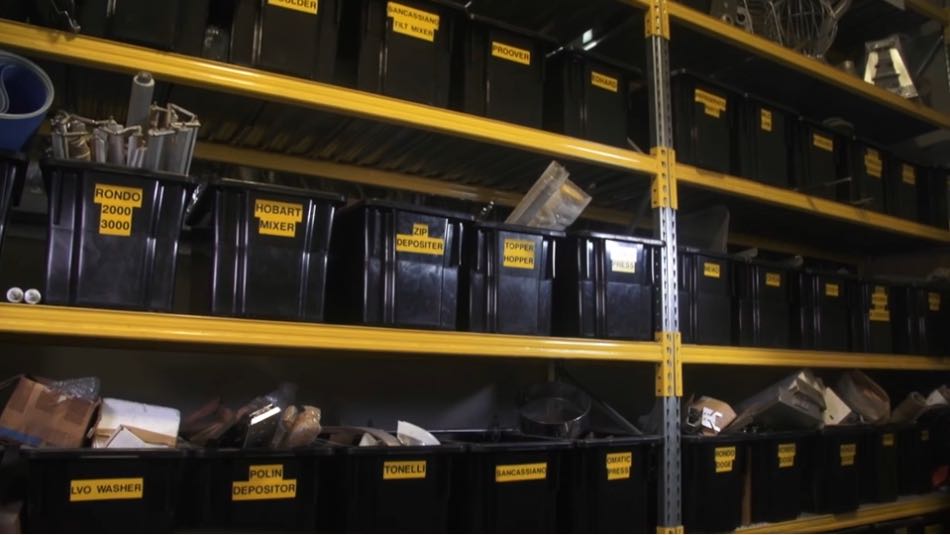5 Best Practices for Achieving Lean Press Brake - Wilson Tool

10 Simple Techniques For Lean out your organization with 5S and Visual Workplace
Applications Using Lean practices to identify and correct a bottleneck saves companies time, energy and cash. Depending on the type of traffic jam, there are a number of things you can do to resolve it. For example, traffic jams triggered by ineffective procedures can be fixed through simplifying and enhancing those processes; if it is instead triggered by an absence of resources, you might require to hire more individuals or purchase technology to make your existing resources go further.
This means that business do not need to stockpile on unnecessary stock, reducing the danger of some parts or items being overstocked or harmed while being saved. Applications Specialists who use Lean principles should consider JIT if their organization can working on-demand and can decrease the danger of just bring inventory as required.
< Solution Can Be Seen Here ="p__2">As an example, the self-publishing sector typically uses this design, just printing books as they are purchased. Digital distribution for media products has actually likewise assisted to lessen the expenses associated with excess materials. Organizations in sectors like production must thoroughly examine their supply chains and reduce the capacity for disturbance when implementing JIT.


Lean manufacturing tools and practices [2] - Download Scientific Diagram
The 2-Minute Rule for Point of Use Tooling, Point of Use - TXM Lean Solutions
Value Stream Mapping Worth stream mapping is a technique developed from Lean manufacturing. Organizations utilize it to create a visual guide of all the components essential to provide a product or service with the goal of analyzing and optimizing the entire procedure. Worth stream mapping is used in a range of industries, consisting of manufacturing, finance and health care.

Useful Lean Manufacturing Tools - Planview
Applications Value stream mapping can be applied to your organization by methods such as: Motivating continuous improvement in processes Making it possible for culture change within a company Facilitating clear partnership and communication Total Equipment Efficiency (OEE) Overall devices effectiveness (or OEE) measures just how much prepared productive time is really efficient. For example, imagine you're preparing to work on a job for an hour, however then spending 20 minutes of that time answering a customer call, suggesting your OEE would be about 67% (40 minutes of actual production time, divided by 60 minutes of organized production time).
